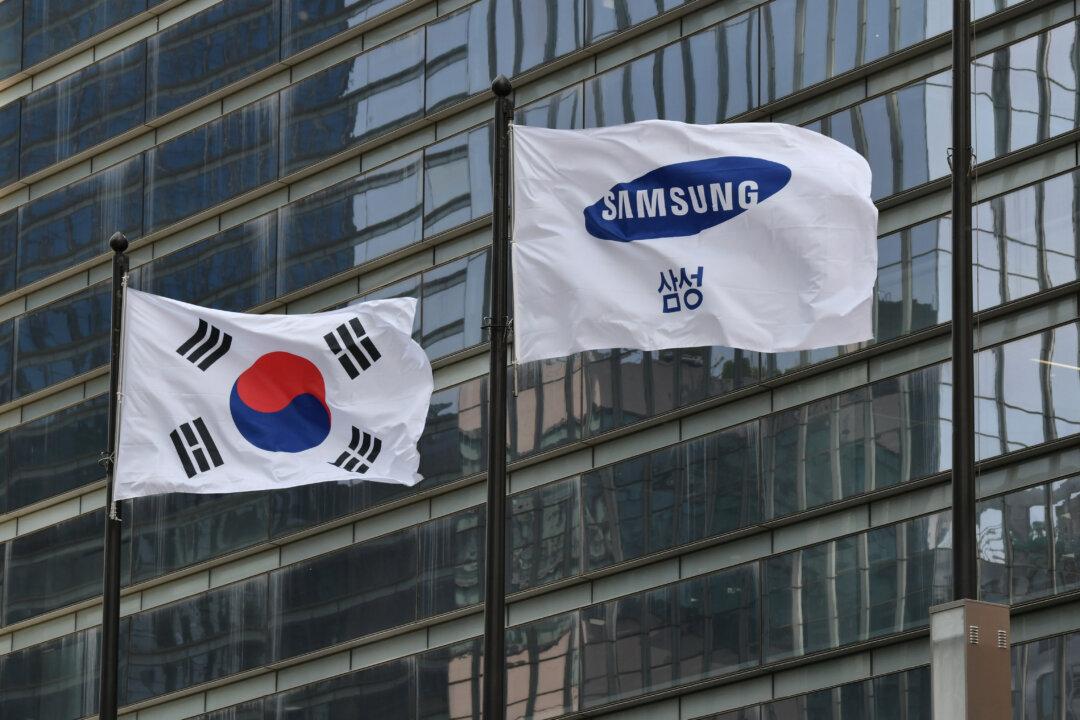Amid the escalating strategic rivalry between the United States and China, South Korean semiconductor giants are rapidly shifting sales to the U.S. market while reducing dependence on China.
Recent business reports released by Samsung Electronics and SK Hynix showed their sales in China dropped 3.77 percent and 5.39 percent respectively in the third quarter (Q3) compared to the previous quarter (Q2).






